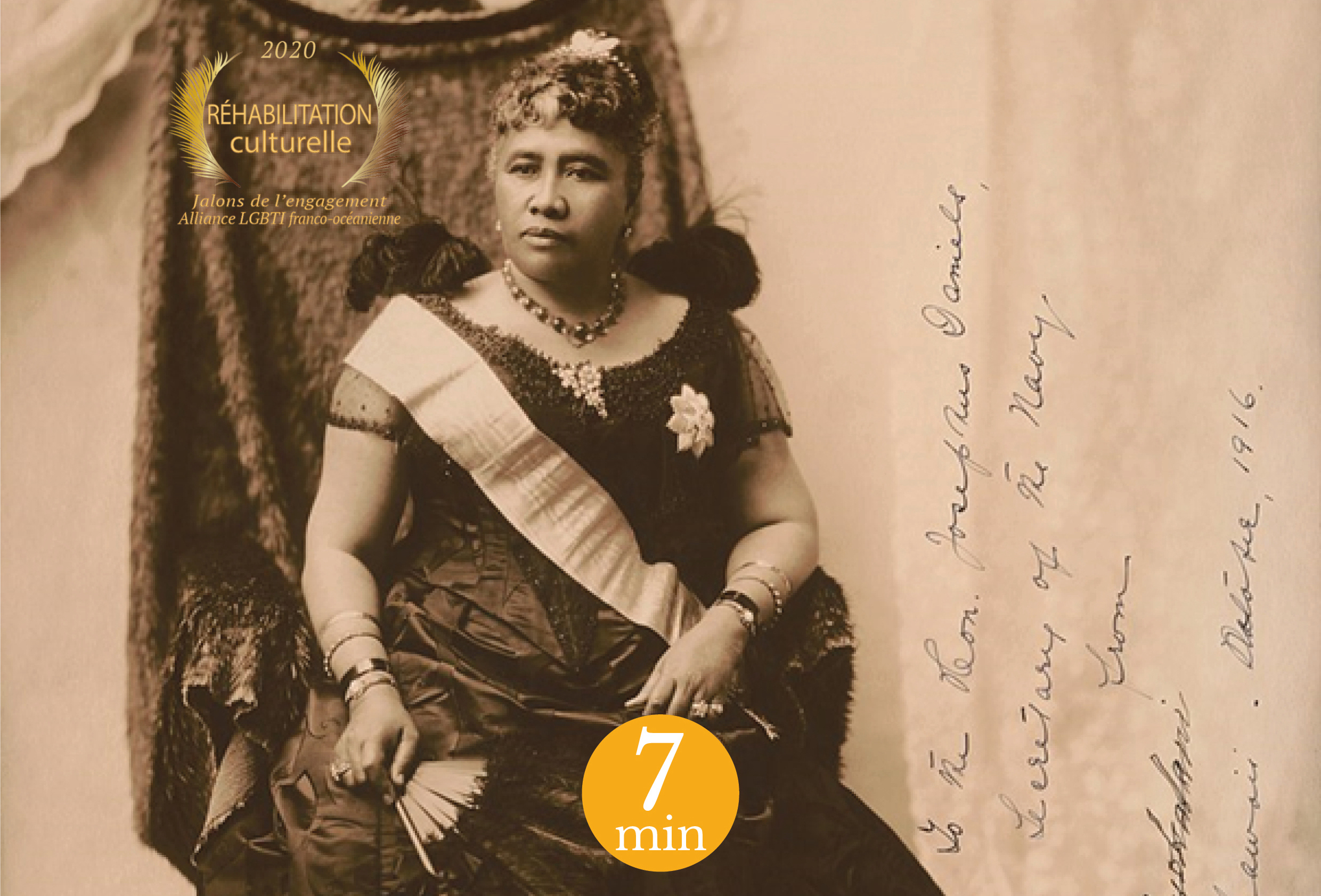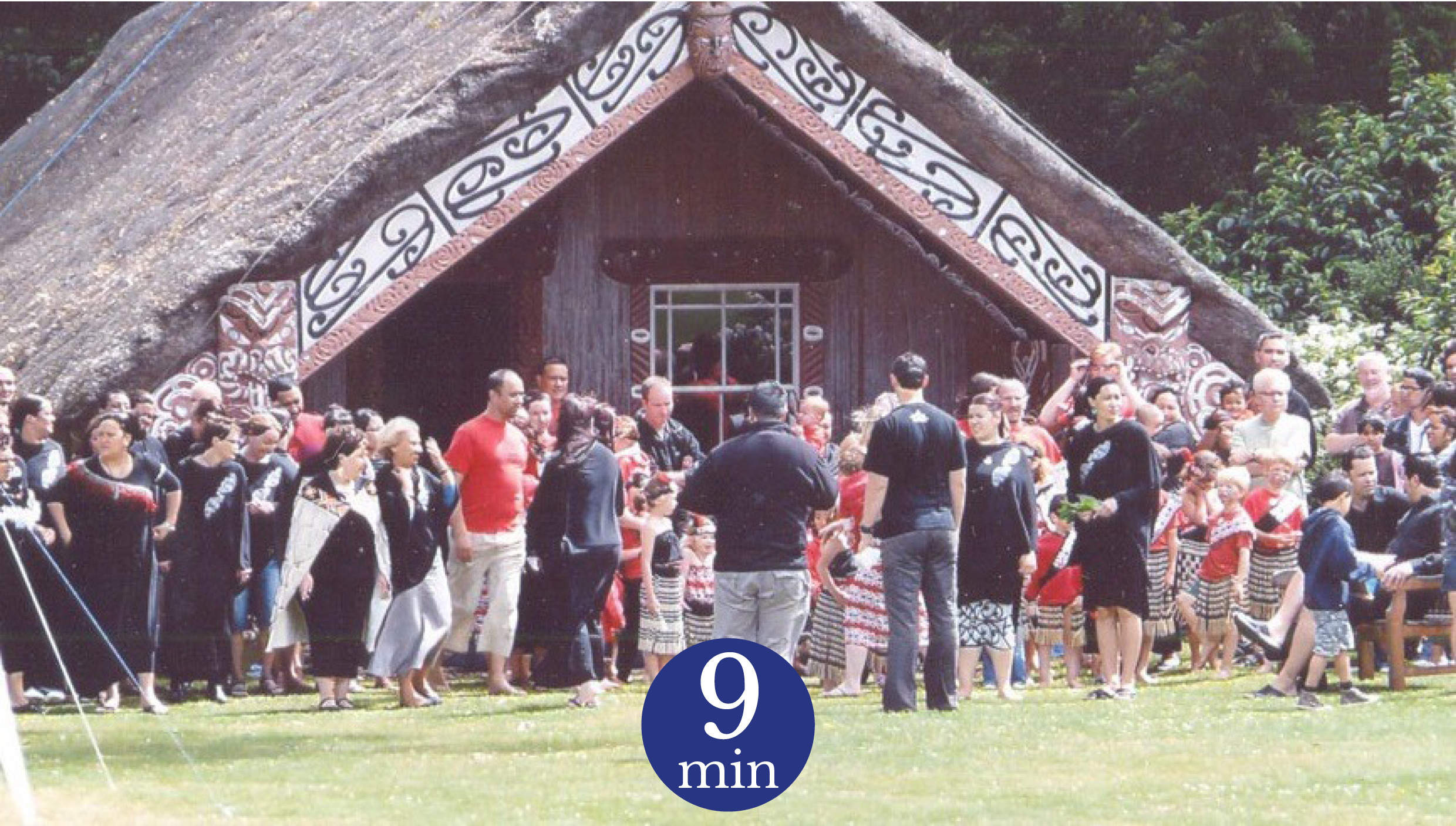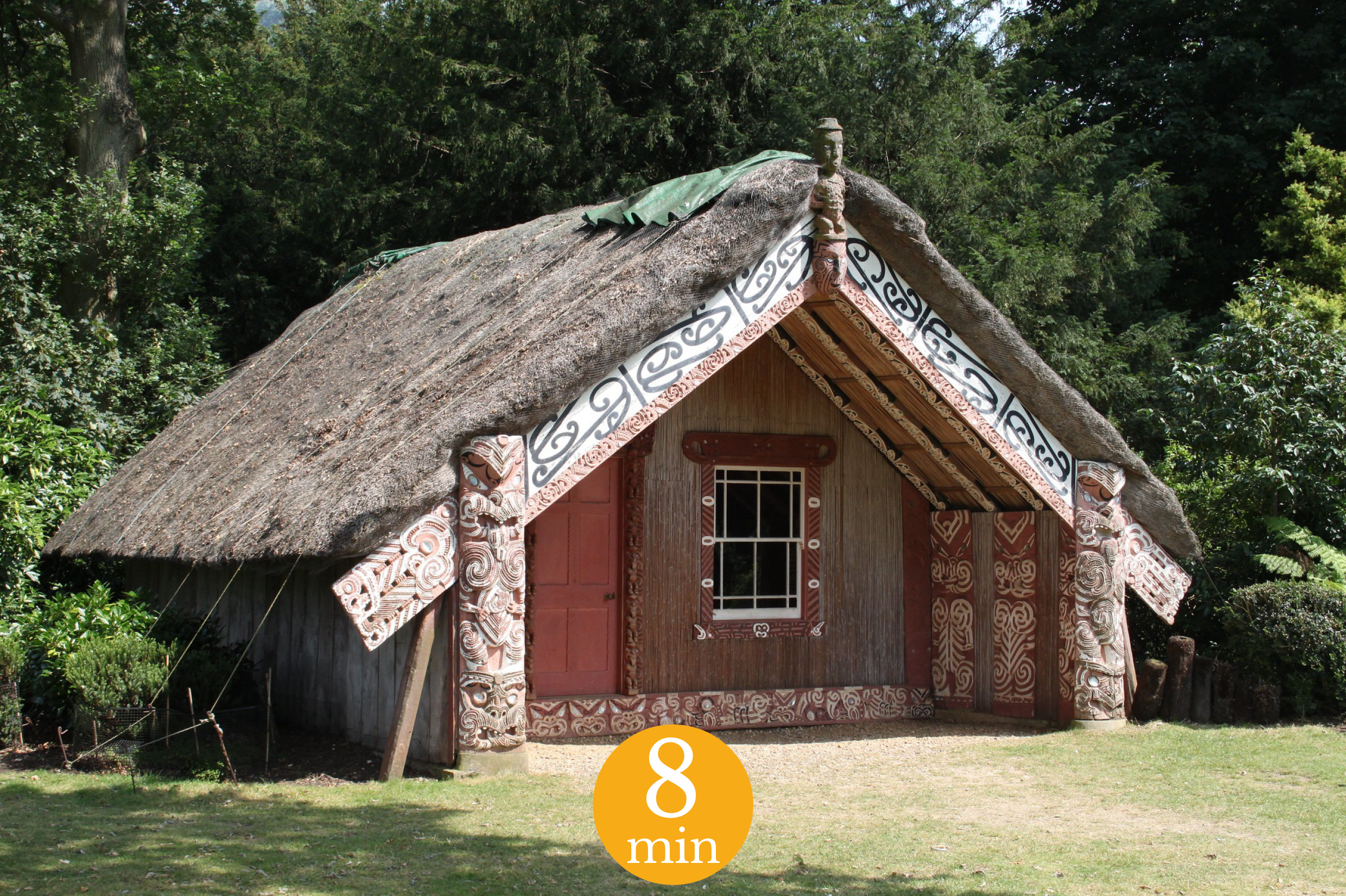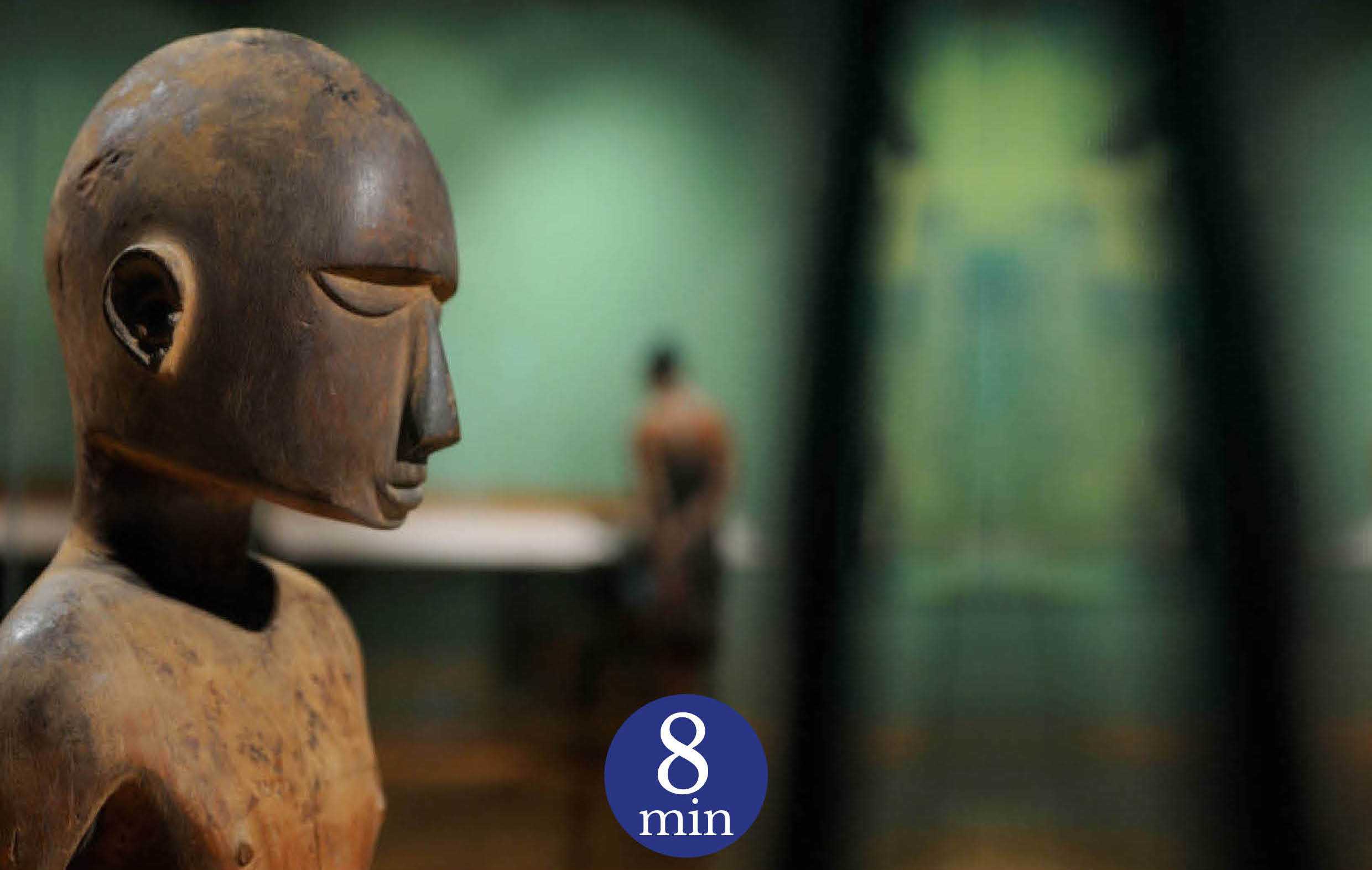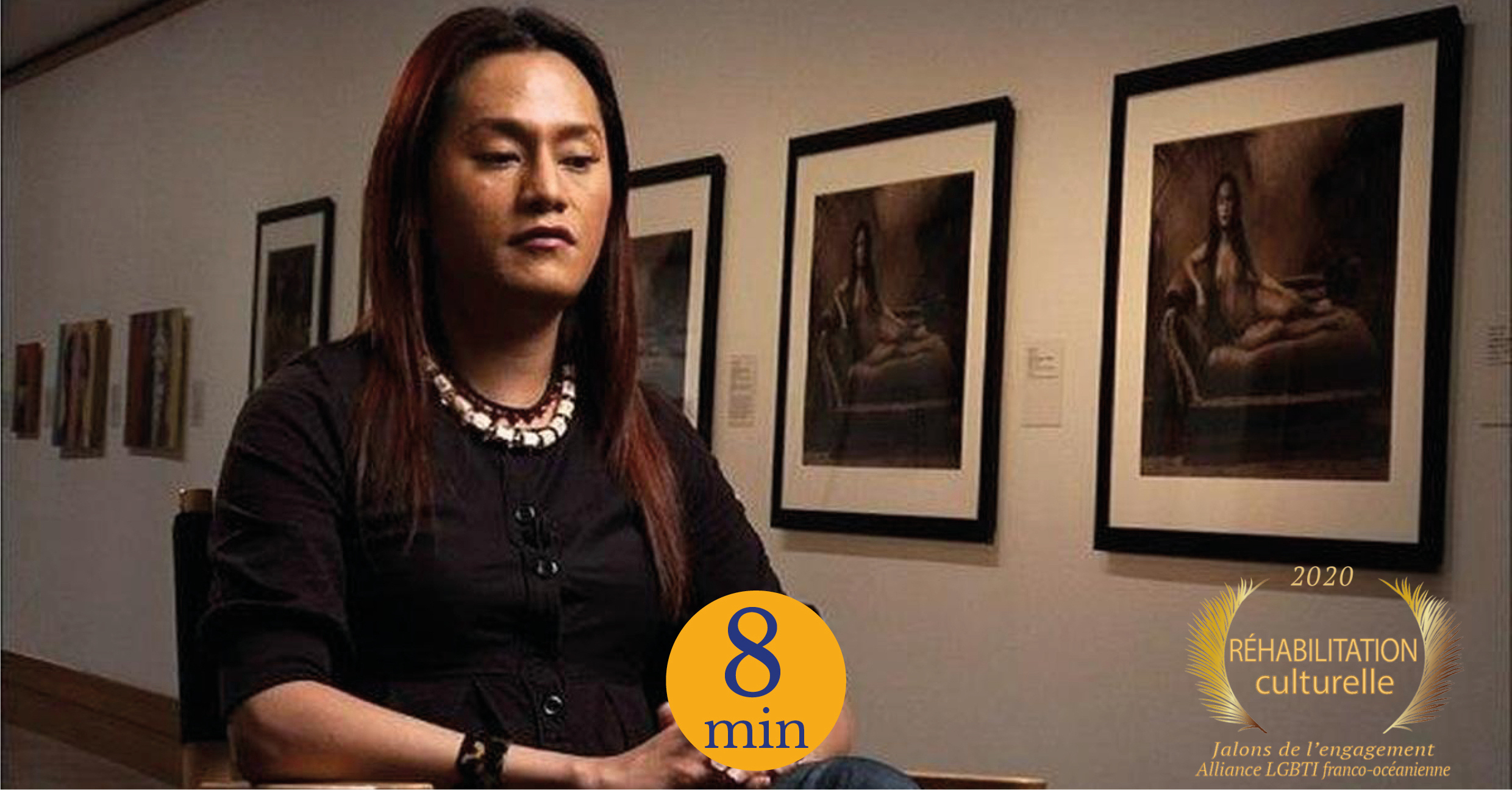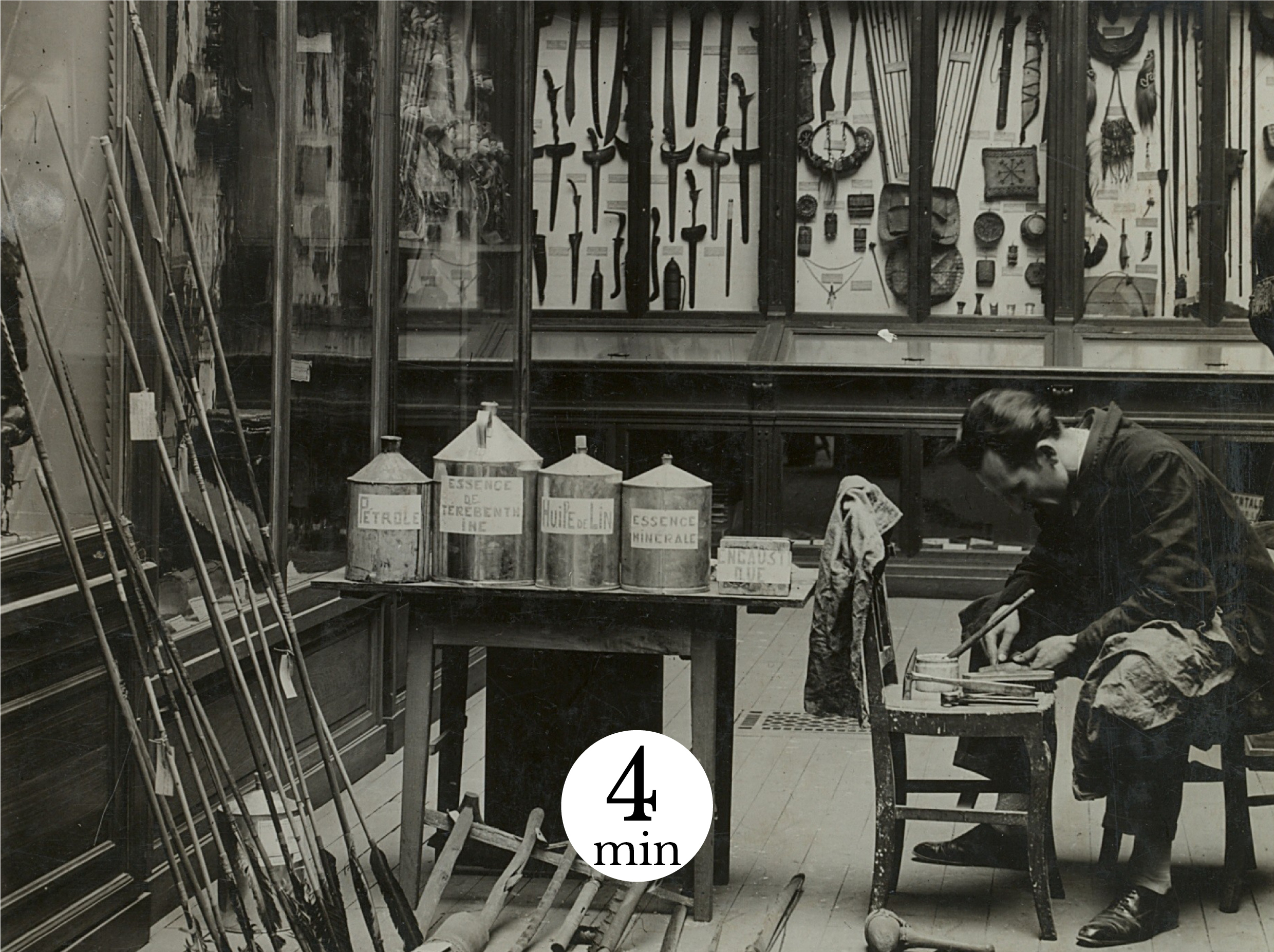Christian missions were involved very early in the history of colonisation in the Pacific. From the end of the 18th century, the conversion of local populations was a major challenge for the Western churches. It was seen as a divine mission: to "save" the souls of the "pagans" from the clutches of false divinities. Evangelisation, which was closely associated with the colonial process, was carried out by large religious organisations, such as the London Missionary Society in Polynesia and the Catholic Church through the Congregation of the Sacred Hearts of Jesus and Mary in Mangareva, as well as by a multitude of lesser-known missions, often stemming from Protestant currents of Christianity. Among these, one church in particular has left its mark on the history of the Solomon Islands archipelago to this day: the South Sea Evangelical Mission. Read More

From Exotic Curiosities to Primitivism
*Switch language to french for french version of the article*
This article was first written for the catalogue of the Bourgogne Tribal show's third edition in 2018.
"You walk towards Auteuil you want to go home on foot
To sleep among your Oceanic and Guinean fetishes
They are Christs of another shape and another creed."
Guillaume Apolinaire, « Zone », 1913.
These lines by poet Guillaume Apollinaire testify to his early interest in non-European art. The year was 1913, on the eve of the First World War, and his famous collection of poems Alcools, had just been published. Apollinaire did not know then that the West was about to change the way it looked at Pacific objects. This metamorphosis would deeply mark the history of the arts and ethnographic museums. Read More
Hawaï, genre(s) et colonisation
“And Viot once again left for the Tropics” *
*Switch language to french for french version of the article*
This article was first written for the catalogue of the Bourgogne Tribal show's third edition in 2018.
“A poet without a publishing house or work”1Jacques Viot entered the world of Parisian galleries and, more particularly, the surrealist scene in the 1920s. He represented artists like Joan Miró. After working for several artists and galleries and being deep in debt, Viot sailed the Pacific in 1926. After coming back to Paris in 1928, he got back in touch with Pierre Loeb who had had a gallery in Paris since 1924. Viot had worked with him before his departure. Viot suggested that he go to the South Seas in order to bring back objects that were fashionable at the time, particularly among surrealists. Read More
Hinemihi o te Tawhito in the Surrey : Caring for Heritage in exile (part 2)
« […] Yes, I am there to welcome you … we lament the dead
I wait for the whaikorero to start,
Yes, you acknowledge me, and I you
I wait for the tamariki, they on my paepae
Yes, I cry, for they fill me with pride and hope
I wait for the rhythm of the kapahaka…
Yes, I can dance along … I know your songs
I wait for the smell of the kei to emerge from the ground,
Yes, I will eat with you and you with me
We feed a need to perpetuate the past and the present
And in doing so we bring forth Rongomatane and Papatuanuku
So who invited Tu ? »
So who invited tu ?, Rosanna Raymonds
*Switch language to french for french version of the article*
Hinemihi o te Tawhito in the Surrey : Caring for heritage in exile (part 1)
« I am the house
Feeling the cold… my korowai taken from me
and I shudder in the grip of this sharp wind
Were you not stoking the fires
Keeping me warm
I was holding fort
You holding forth
Is the past too harder a task…I ask
And I wait as I do… …as I have… …as I will
As you come in your hundreds, thousands
Year after year we have shared the air
Embraced by the uri of Nga Hau e wha
I wait for the karanga to take you to the sky […] »
So who invited tu ?, Rosanna Raymonds
*Switch language to french for french version of the article* Read More
Histoire d’une découverte : Le siège de prestige des îles Australes collecté en 1822 par George Bennet
Le 13 août 1769, au cours de son premier voyage dans le Pacifique, le Capitaine Cook découvrit l’Île de Rurutu (qu’il connaissait sous le nom d’Oheteroa), située au sud de Tahiti, aux latitudes 22°25’S ; 151°20’W. Un canot de l’Endeavour approcha du rivage mais le récif et les courants l’empêchèrent d’accoster. Cook ne pouvait imaginer que cette petite île, simple tache dans l’immensité de l’océan Pacifique, deviendrait un des locus classicus de l’art Océanien – l’île d’origine de la célèbre statue A’a aujourd’hui exposée au British Museum, mais aussi du magnifique siège cheffal (no’oanga) présenté ici. Read More
La sculpture de Mangareva : entre vestiges ethnographiques et témoins de la missionnarisation
Cette semaine, à la loupe du CASOAR, la sculpture d’un archipel entre Tahiti au nord-ouest, les îles Marquises au nord-est, Rapa Nui à l’est et Pitcairn au sud-est, les îles Gambier et son île principale Mangareva. Issues de cette dernière, sont conservées huit figures anthropomorphes (une représentant Tu, six Rongo et une Rao), deux bâtons fourchus appelés eketea et deux supports d’offrandes. Read More
Tearing away coloniality: a "way of seeing" in between
* Switch language to english for english version of the article *
Je ne suis pas une fa’afafine, je ne suis pas gay, je ne suis pas transgenre, je suis juste un être humain et je suis ici pour secouer ».1
Tuisina Ymania Brown's words at a panel entitled ''Fa'afafine Towards Decolonization''. She refers to the Western desire to categorize human beings and identities. Against this Western desire to classify and categorize, CASOAR will talk about a photographic series made by the artist Yuki Kihara. This series Fa’afafine. In the Manner of Women including three self-portraits was created in collaboration with the photographer Sean Coyle. But who is Yuki Kihara? Read More


